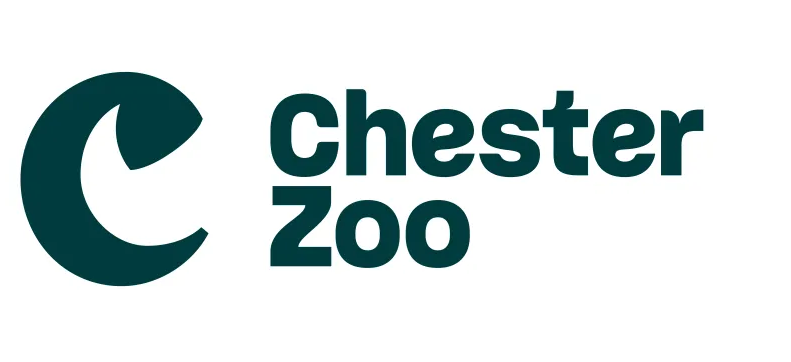Haematology and serum biochemistry parameters in vaccinated versus unvaccinated captive Cuvier’s gazelles: Implications for zoo management practices
DOI:
https://doi.org/10.19227/jzar.v4i1.157Abstract
Wild ungulates kept in captivity have become increasingly important as stock for conservation and study. Routine preventive treatment and vaccination is used to reduce parasite density and/or minimize parasite transmission in multispecies captive facilities such as zoos. But vaccination also has disadvantages: animals are not allowed to develop a natural immune response, commensal parasites performing beneficial roles are also removed, handling the host species is difficult, and so forth. Even more problems arise when captive wild animals are bred for reintroduction into the wild, as the use of parasite-naïve individuals may lead to failure. In this study we evaluate the need for such treatment in a Cuvier’s gazelle captive population. Our results show that there are no major differences in body weight or health status between sanitized (wormed and vaccinated) individuals and those that are not. These results challenge the need for routine preventive vaccination in wild animals in captivity. We suggest that the advantages and disadvantages of vaccination of the studied population be weighed and balanced, and recommend that in absence of symptoms, regular coprological analysis be performed, vaccinating only when the parasite burden becomes pathological.Downloads
Published
How to Cite
Issue
Section
License
JZAR fulfils the DOAJ definition of open access and provides free and open access to the full text of all content without delay under a Creative Commons licence. The copyright holder of JZAR publications grants usage rights to third parties, allowing for immediate free access to the work and permitting any user to read, download, copy, distribute, print, search, or link to the full texts of articles.







